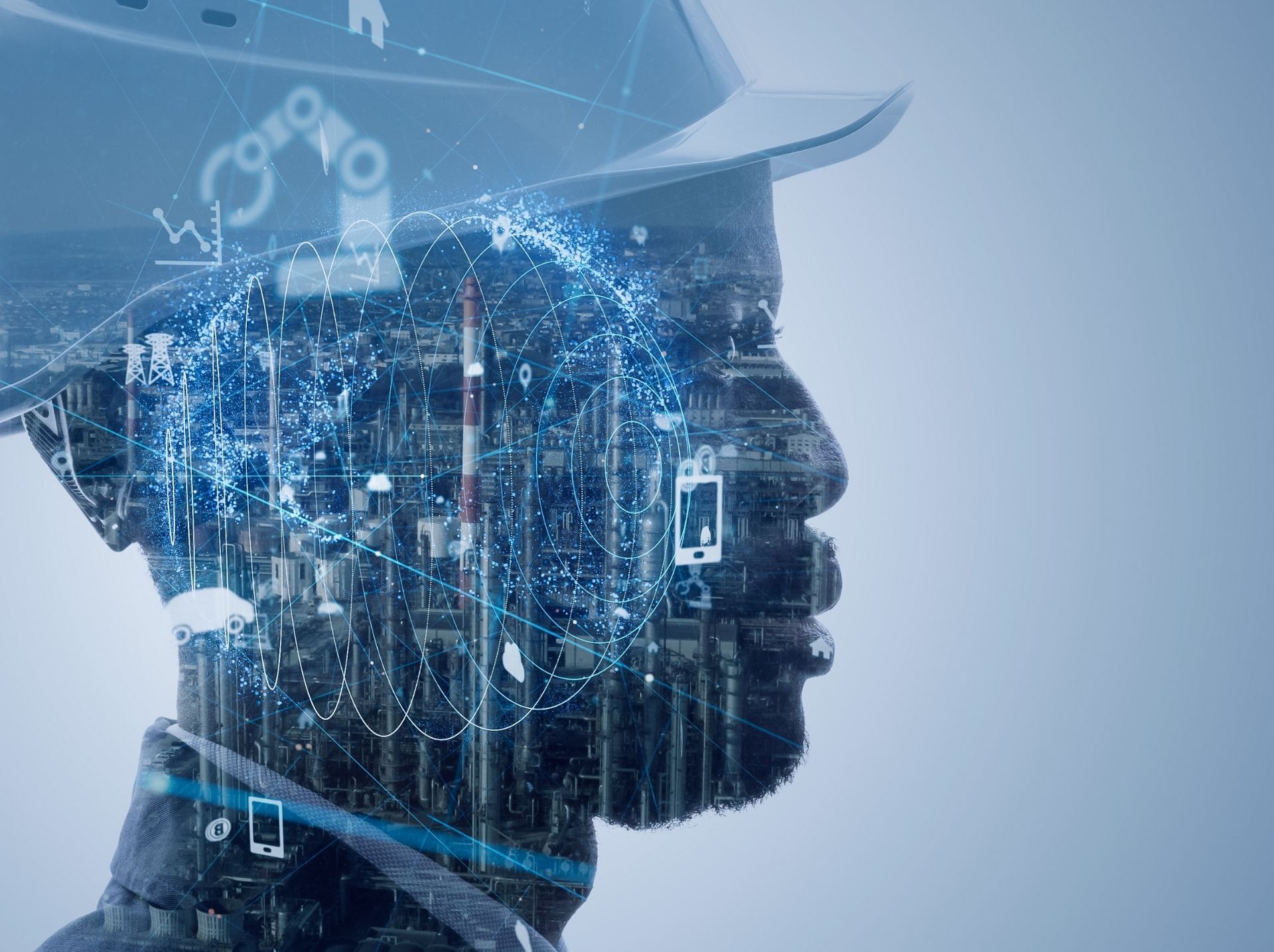How Can You Adopt AI in Scaling Your D2C Business in India

Today, D2C brands succeed by prioritizing great product quality and excellent customer service. New-age technology enhances product quality, boosting brand success.
According to research, India's D2C market will expand more than 15 times between 2015 and 2025.
It can improve efficiency, better engage customers, and drive business success.
In this blog, we will explore AI's potential to grow your D2C business model in the Indian market.
Understanding D2C Businesses in India
India's D2C market is projected to surge more than 15 times between 2015 and 2025.
Various factors have fueled the growth. It includes increased internet usage, smartphone adoption, and a growing middle class with higher disposable income.
While there's hope for direct to customer businesses in India, they still face several challenges:
-
Competition is fierce as more brands are earning attention and market share.
-
Consumer preferences are evolving, influenced by changing lifestyles and global trends. They now demand more personalized experiences.
-
Operational complexities add to the challenges for D2C businesses. It involves inventory management, supply chains, and ensuring seamless customer journeys across platforms.
To tackle these challenges, AI and ML offer solutions to drive efficiency. It can boost customer engagement and fuel innovation.
Streamlining D2C Business Operations with AI
AI can streamline operations, reduce costs, improve efficiency, and optimize resource allocation. Here's how AI can streamline your D2C operations:
Predictive Inventory Management
AI-powered inventory management system is an asset for modern D2C businesses. Here’s how:
Advanced Forecasting
AI analyzes historical sales, market trends, and external factors to predict future demands accurately.
For instance, an AI system can adjust inventory based on seasons. This can reduce stockouts or excess stock.
Optimized Allocation
AI optimizes inventory allocation across warehouses based on demand forecasts and geographic factors.
For instance, it allocates more inventory to high-demand regions. This minimizes shipping costs and fulfillment times.
Risk Mitigation
AI adoption can pinpoint potential risks, like slow-moving stock, and provide actionable solutions. AI algorithms analyze sales records and inventory levels. With this, it detects products nearing end-of-life or low demand.
Supply Chain Optimization
AI algorithms can analyze various factors such as:
-
Distance
-
Traffic patterns
-
Weather conditions
-
Delivery schedules
Real-time tracking and predictive analytics enables D2C brands to address potential roadblocks. It ensures timely customer delivery.
For example, FedEx uses AI algorithms to optimize its delivery routes. This results in cost savings and faster deliveries.
AI-Powered Customer Support
AI-powered chatbots and virtual assistants use natural language processing (NLP) algorithms to handle routine inquiries. They provide personalized recommendations and offer 24/7 service to customers.
They relieve human agents of repetitive tasks. This leads to faster resolution times and higher customer satisfaction. These chatbots also automate tasks like order tracking and FAQs. It reduces support costs and improves scalability without requiring a larger support team.
Data-Driven Marketing Campaigns
AI algorithms enable D2C brands to:
-
Segment their audience
-
Identifying high-value customer segments and
-
Customizing marketing messages across email, social media, and mobile apps.
By delivering relevant content to the right audience, businesses boost ROI and drive expansion.
For instance, Lenskart uses AI and ML to analyze customer data. This enhances marketing campaigns for better engagement and conversion rates.
Dynamic Pricing Optimization
AI pricing algorithms use real-time data on market dynamics, competitor pricing, and customer demand. This approach adjusts prices dynamically.
This enables businesses to continuously optimize pricing strategies. It aims to maximize revenue by considering factors like customer satisfaction and market share.
For instance, Uber uses ML algorithms to adjust ride prices based on demand, traffic conditions, and other factors. Dynamic pricing algorithms analyze customer data. Such as browsing behavior, to personalize pricing for individual customers.
Improving Customer Experience with AI
From predictive analytics to chatbots, AI is reshaping businesses engagement with customers. Here are a few ways AI can improve customer experience:
Personalized Recommendations
D2C businesses can use AI-powered recommendation engines. These engines provide personalized product suggestions, promotions, and content to their customers.
By analyzing customer data, like browsing habits and past purchases, these algorithms deliver tailored recommendations. This enhances engagement and boosts conversions.
For instance, Swiggy employs AI algorithms. These algorithms provide customized recommendations based on user preferences, order history, and location data.
Voice Commerce
The AI-driven voice recognition technology allows effortless shopping experiences through voice commands. Customers can place orders, track deliveries, and receive tailored recommendations using voice-enabled devices.
For instance, users can ask Google Assistant to find specific products. They can also compare prices and make purchases through partner retailers.
Predictive Analytics
Predictive analytics can analyze past behavior and preferences. It can suggest relevant products or services to customers. This level of personalization increases the likelihood of meeting the customer's needs.
It can also identify the most favorable times to reach customers with relevant offers or information. By sending communications at the right moment, businesses can enhance engagement.
Reaching the Indian Market with AI: How to Do It
Reaching the Indian market with AI involves understanding the unique characteristics and preferences. Here's how businesses can use AI to effectively succeed in the Indian market:
Localization
Use AI-driven language translation and localization tools. It can adapt marketing content, product descriptions, and user interfaces. This is to suit diverse linguistic preferences and regional variations.
Targeted Advertising
Use AI algorithms to analyze demographic data and regional trends for precise advertising targeting.
Platforms like Google Ads and Facebook Ads offer AI-driven targeting options. These options help reach specific audience segments effectively.
Voice Interface
Embrace AI-powered voice recognition and natural language processing technologies. It can facilitate voice-enabled search, virtual assistants, and customer support in vernacular languages.
This enhances accessibility and engagement among non-English-speaking consumers. It particularly impacts those in tier 2 and tier 3 cities.
Social media
Use AI-powered social media tools to observe conversations and trends on popular platforms.
This yields valuable insights into consumer preferences, emerging topics, and competitive intelligence. It enables businesses to tailor their strategies.
AI & ML Implementation Tools for D2C Scaling
Implementing AI and ML in scaling D2C businesses requires a combination of tools and technologies. Here are a few examples:
Amazon Web Services (AWS)
Provides AI and ML services, including Amazon Personalize. It offers personalized recommendations. Additionally, it provides Amazon Forecast for demand forecasting.
Google Cloud AI Platform
Offers pre-trained ML models, data labeling services, and tools for building custom ML applications.
IBM Watson
Provides AI-powered chatbots, virtual assistants, and NLP tools. This enhances customer support and engagement.
All-in-one tool for Businesses Looking to Scale Through AI
GrowthJockey is a platform that offers comprehensive solutions for businesses looking to scale through AI and ML implementation.
AI-Powered Growth Strategies
GrowthJockey provides AI-driven growth strategies tailored to the specific needs and objectives of D2C businesses.
Through advanced analytics and machine learning algorithms, GrowthJockey identifies growth opportunities. It also optimizes marketing campaigns. Additionally, it improves customer engagement.
Data Analytics and Insights
GrowthJockey allows D2C brands to analyze vast amounts of customer data. This includes demographics, purchasing behavior, and interactions across various channels.
Predictive Analytics and Forecasting
GrowthJockey's predictive analytics tools use machine learning algorithms. They forecast future trends, demand patterns, and customer preferences. This enables D2C businesses to detect market fluctuations. It also helps optimize inventory management and adjust pricing strategies in real time.
Optimized Customer Support
GrowthJockey offers AI-powered chatbots and virtual assistants. It can handle customer inquiries, provide real-time support, and resolve issues efficiently. Use AI-powered tools for efficiency and exceptional customer experiences.
Take Away
The adoption of AI presents a remarkable opportunity for D2C businesses looking to scale in the dynamic Indian market.
D2C businesses must adopt a holistic approach to AI. They should understand that its potential goes beyond isolated applications.
Use AI to create, enrich, and synergise product and customer data to drive revenue and operational efficiencies comprehensively.
By integrating AI across various touchpoints businesses can yield transformative outcomes. AI empowers D2C businesses to thrive in today's rapidly changing Indian market.
Contact GrowthJockey to grow your business with AI!
FAQ
1. What are some tools for implementing AI and ML in scaling D2C businesses in India?
Tools like AWS, Google Cloud AI Platform, and IBM Watson offer solutions for AI implementation. Additionally, platforms like GrowthJockey provide comprehensive solutions.
2. Can AI optimize supply chain operations for D2C businesses in India?
Yes, AI analyzes factors like distance, traffic, and delivery schedules to optimize shipping routes. This ensures timely deliveries and cost savings.
3. Can AI optimize pricing strategies for D2C brands in India?
Yes, AI adjusts prices based on market dynamics, competitor pricing, and customer demand. This maximizes revenue and market share.








